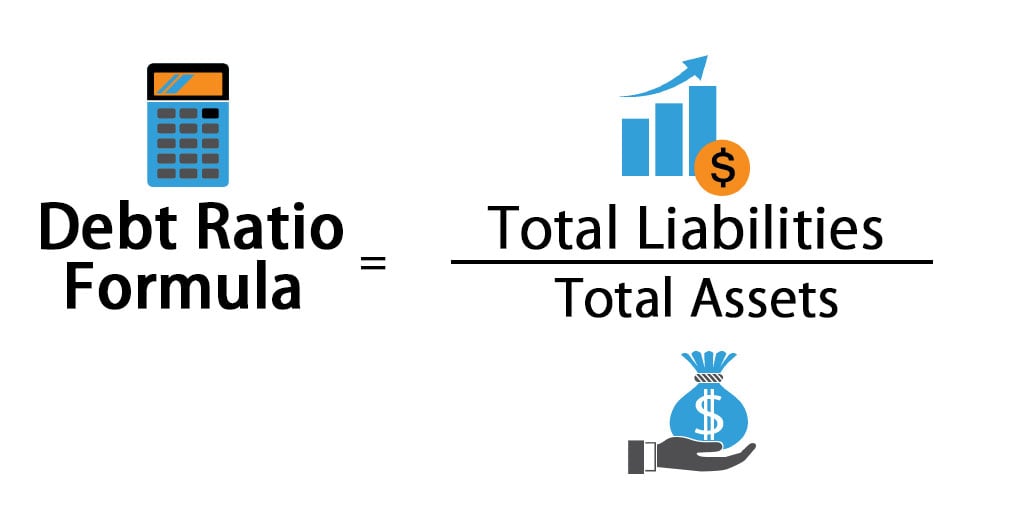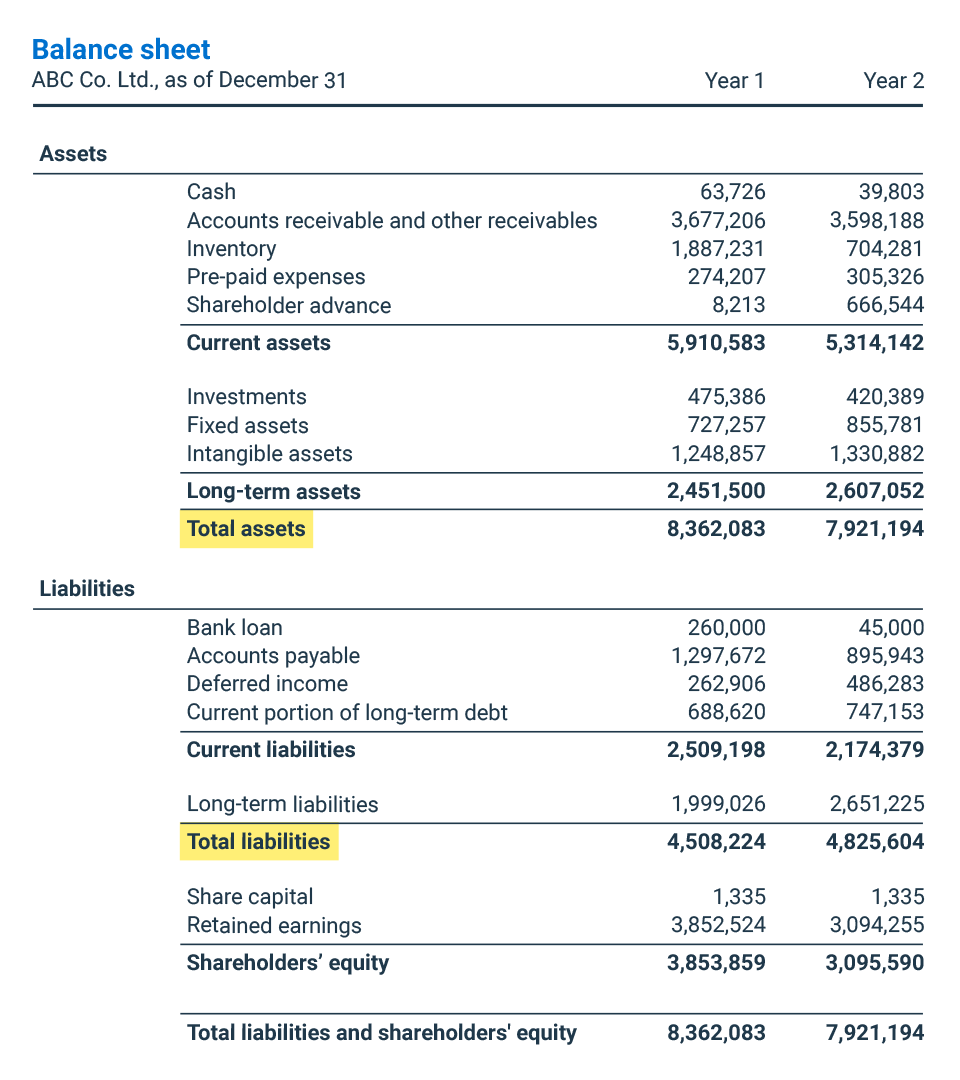
The reason for this is there are still loans that need to be paid while also not having enough to meet its obligations. It shows the proportion to which a company is able to finance its operations via debt rather than its own resources. It is also a long-term risk assessment of the capital structure of a company and provides insight over time into its growth strategy. While acceptable D/E ratios vary by industry, investors can still use this ratio to identify companies in which they want to invest. First, however, it’s essential to understand the scope of the industry to fully grasp how the debt-to-equity ratio plays a role in assessing the company’s risk. This ratio helps indicate whether a company has the ability to make interest payments on its debt, dividing earnings before interest and taxes (EBIT) by total interest.
InvestingPro: Access Debt-to-Equity Ratio Data Instantly

Different industries have varying capital requirements and growth patterns, meaning that a D/E ratio that is typical in one sector might be alarming in another. The debt-to-equity ratio divides total liabilities by total shareholders’ equity, revealing the amount of leverage a company is using to finance its operations. The current ratio measures the capacity of a company to pay its short-term obligations in a year or less. Analysts and investors compare the current assets of a company to its current liabilities.
Debt to Equity Ratio Calculation Example
The other important context here is that utility companies are often natural monopolies. As a result, there’s little chance the company will be displaced by a competitor. They may note that the company has a high D/E ratio and conclude that the risk is too high. For this reason, it’s important to understand the norms for the industries you’re looking to invest in, and, as above, dig into the larger context when assessing the D/E ratio. Some investors also like to compare a company’s D/E ratio to the total D/E of the S&P 500, which was approximately 1.58 in late 2020 (1). The general consensus is that most companies should have a D/E ratio that does not exceed 2 because a ratio higher than this means they are getting more than two-thirds of their capital financing from debt.
- Sectors requiring heavy capital investment, such as industrials and utilities, generally have higher D/E ratios than service-based industries.
- Specifically, preferred stock with dividend payment included as part of the stock agreement can cause the stock to take on some characteristics of debt, since the company has to pay dividends in the future.
- Determining whether a company’s ratio is good or bad means considering other factors in conjunction with the ratio.
- Retained earnings, also known as retained surplus or accumulated earnings, are a component of shareholder equity and should be included in the denominator of the debt-to-equity ratio.
Which of these is most important for your financial advisor to have?
But that doesn’t mean they are not taking advantage of the leverage, it just means that the leverage is not suitable for them and they have other ways to generate profits. If equity is negative, it means that a company’s liabilities exceed its assets, which is often referred to as “negative net worth” or “insolvency”. In this situation, the debt-to-equity ratio would not be meaningful because the denominator (equity) is negative. A negative debt-to-equity ratio would also not be meaningful because it would indicate that the company has more debt than equity, which is not possible. Ultimately, the D/E ratio tells us about the company’s approach to balancing risk and reward. A company with a high ratio is taking on more risk for potentially higher rewards.
Investors may become dissatisfied with the lack of investment or they may demand a share of that cash in the form of dividend payments. Like the D/E ratio, all other gearing ratios must be examined in the context of the company’s industry and competitors. Some analysts like to use a modified D/E ratio to calculate xero community for users the figure using only long-term debt. It’s useful to compare ratios between companies in the same industry, and you should also have a sense of the median or average D/E ratio for the company’s industry as a whole. However, if that cash flow were to falter, Restoration Hardware may struggle to pay its debt.
As established, a high D/E ratio points to a company that is more dependent on debt than its own capital, while a low D/E ratio indicates greater use of internal resources and minimal borrowing. Banks often have high D/E ratios because they borrow capital, which they loan to customers. At first glance, this may seem good — after all, the company does not need to worry about paying creditors. If a D/E ratio becomes negative, a company may have no choice but to file for bankruptcy. If the D/E ratio of a company is negative, it means the liabilities are greater than the assets.
Conversely, a lower ratio indicates that the company is primarily funded by equity, implying lower financial risk. This ratio also helps in comparing companies within the same industry, offering a benchmark to understand how a company’s leverage stacks up against its peers. The data required to compute the debt-to-equity (D/E) ratio is typically available on a publicly traded company’s balance sheet.
Companies should aim for a balanced ratio to mitigate these risks while leveraging debt for growth. Investors often scrutinize the Debt to Equity ratio before making investment decisions. A company with a high ratio might be seen as risky, whereas one with a lower ratio could be viewed as more stable. Ratio between debt and equity measures how much debt a business has relative to its capital.
This is in contrast to a liquidity ratio, which considers the ability to meet short-term obligations. Assume a company has $100,000 of bank lines of credit and a $500,000 mortgage on its property. A low debt-to-equity ratio does not necessarily indicate that a company is not taking advantage of the increased profits that financial leverage can bring. The debt-to-equity ratio (D/E) is a financial ratio that indicates the relative amount of a company’s equity and debt used to finance its assets. While the D/E ratio is primarily used for businesses, the concept can also be applied to personal finance to assess your own financial leverage, especially when considering loans like a mortgage or car loan. The concept of a “good” D/E ratio is subjective and can vary significantly from one industry to another.






